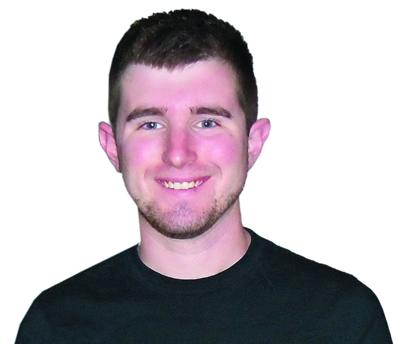In recent weeks there has been an incredible amount of debate regarding education reform, specifically here in New York. Gov. Andrew Cuomo’s proposals would bring wholesale changes to the way teachers, students, and school districts are judged. They would redefine academic success by assigning everyone — students, teachers, and those districts — a numeric value.
The values would be achieved by grading students as well as teachers on their performance on standardized tests and against standardized figures. Because the standardized approach has worked out so well so far, taking this approach on a larger scale could only obviously improve the situation.
In case you couldn’t tell, that was sarcasm.
Gov. Cuomo believes that his proposals would begin to correct what remains the largest problem — students not getting the education they need.
However, the notion that to fix education here in New York, we simply have to double-down on the methods behind standardized testing and allow that to serve as the single-greatest measure of academic success is just flat-out wrong. We do live in a society, though, that is increasingly moved by statistics and numbers and increasingly willing to overlook the obvious — ourselves — when we’re dealing with something like this.
Accountability, he says, is the issue inside schools in New York. Or more precisely the lack thereof.
We all can remember teachers we didn’t like. I will not pretend that every teacher in New York is doing his or her job perfectly. As with any profession, judging success is a game of averages. Success is an outlier and it isn’t in any field; that is what makes the scale exist in the first place. There will be winners, and there will be losers.
However, standardized testing has many flaws. A lot of people see those flaws, and even worse, many experience them.
For example and perhaps most-notably, a standardized test does not evaluate the quality of home from which a student comes. The more teachers I talk to, the more I hear that the biggest challenge in a classroom today is poverty. Teachers are battling that far more often than they are battling their own inability to teach students.
Essentially, the classroom is being turned into an educational competition. Teachers who have a “good draw” late in the summer and are blessed with a classroom with fewer children living at or under the poverty line are subsequently blessed with better “results” as a teacher. Not because there is some secret to teaching a student who comes from a low-income family that only the greatest teachers understand but because it varies by each individual student.
Methods of teaching can be controlled by a teacher, but the financial situation that a student comes from is totally out of the teacher’s control; even worse, it usually is out of the student’s control as well.
In counties such as Yates, Wayne, Seneca and Ontario, anywhere from 11.3 to 16.1 percent of the population lives at or under the poverty line. Median incomes are below the state average, and all — with the exception of Ontario County — are below the national average as well. In the four local counties, there are anywhere from 4,051 to 12,328 people living under the poverty line, according to the most-recent Census estimates.
Our schools aren’t just a reflection of the teachers in them. In fact, teachers make up a much smaller portion of the population in a school than the students do. So, it isn’t really fair — taking the numeric approach that Gov. Cuomo has proposed — to argue that a school is a reflection of a tiny portion of the population.
If we’re going to apply his approach to the situation, to actually assess it, then we should probably look at what is challenging the larger portion of the population in schools. Is it that we have an overabundance of bad teachers or that we have an overabundance of economic instability throughout New York, and specifically in these small communities where poverty makes up a larger portion of the population that impact our children’s education?
Gov. Cuomo should be tackling the state’s economic instability. That could lead to a not-so-coincidental turnaround in the effectiveness of education.
Josh Durso of Seneca Falls is a writer and editor with more than 20 years in the area. He is constantly evaluating the social, economic and political standards locally and beyond. His “In Focus” columns run every other Tuesday. He can be reached at joshdurso@live.com.

















































